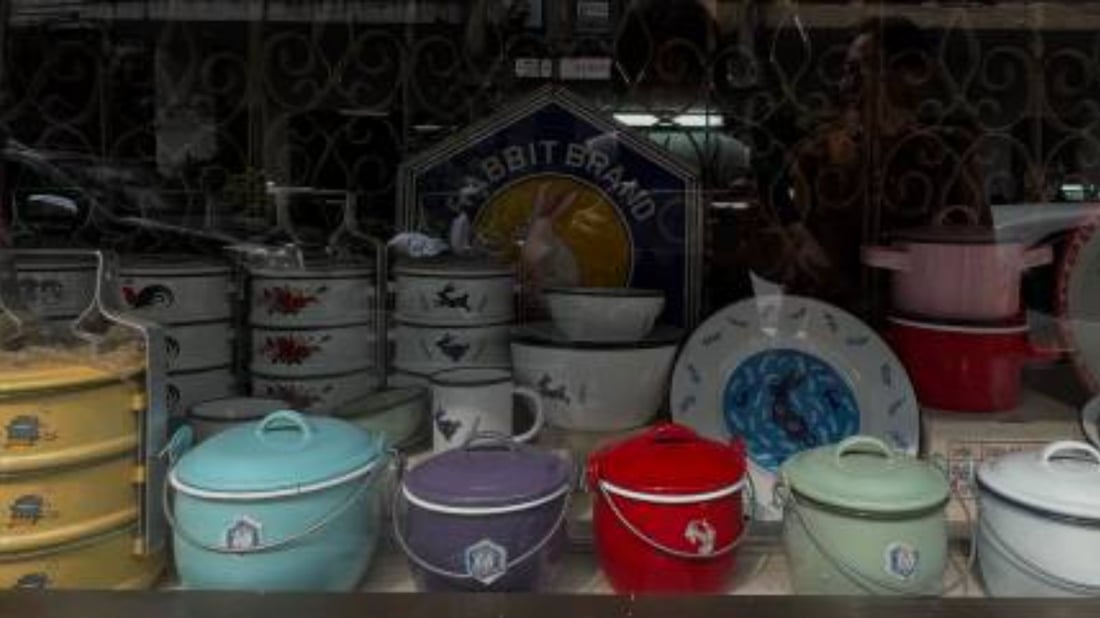Casseroles, soup pots, woks: analysis of the usage of different pots
When it comes to cooking, choosing the right pot can make all the difference in your culinary creations. There are various types of pots available, each with their own unique benefits and ideal uses. From casseroles to soup pots to woks, this analysis will explore the different types of pots and their intended uses.
Casseroles
Casseroles are versatile pots that can be used for cooking and serving. They typically come with a lid and are made of materials ranging from ceramic to cast iron. Casseroles are great for dishes that require long, slow cooking such as stews or braises. They can also be used for baking casseroles or roasting vegetables.
Soup Pots
Soup pots are designed for making large volumes of soup or stock. They are typically tall with a narrow base to prevent evaporation and retain heat. They also usually come with a lid to keep the heat in. Soup pots are great for making hearty soups that require lots of liquid, such as chicken noodle soup or tomato soup. They can also be used for making stocks or boiling large amounts of water for pasta or rice.
Woks
Woks are traditional Chinese cooking pots that are used for stir-frying. They are made of carbon steel or cast iron and have a rounded bottom and high sides. Woks distribute heat evenly and quickly, making them great for cooking small, bite-sized pieces of meat and vegetables quickly. They can also be used for deep-frying or steaming.
Mixing and Matching Pots
While each type of pot is designed for specific purposes, it's important to remember that they can be used for a wide range of dishes. In fact, many recipes require the use of multiple types of pots. For example, a soup may require sautéing vegetables in a wok before transferring them to a soup pot for simmering. Don't be afraid to mix and match pots to create the perfect dish.
Maintenance and Care
To ensure that your pots last for years to come, it's important to take proper care of them. Always read the manufacturer's instructions before using a new pot, and follow their care instructions. Avoid using abrasive cleaners or scrubbers on your pots, as this can damage the surface. Instead, use a soft cloth or sponge with a mild dish soap. Proper storage is also important – make sure to store your pots with their lids off to avoid trapping moisture and causing rust.
Cooking Techniques
The type of pot you choose can greatly affect your cooking techniques. For example, if you want to sear meat before braising, a cast iron casserole is ideal, as it can be heated to high temperatures without warping. If you want to quickly stir-fry vegetables, a wok is the way to go. When choosing a pot, think about the cooking techniques you'll be using and choose one that's appropriate.
Cooking for Different Dietary Restrictions
Depending on your dietary restrictions, you may need to use different types of pots. For example, if you're cooking for someone who is allergic to gluten, you'll need to use a pot that hasn't been used to cook pasta or wheat-based dishes. If you're cooking for someone who is vegetarian or vegan, you may need to use a separate pot to avoid contaminating their food with meat juices.
Budget and Material Considerations
When choosing a pot, budget and material considerations should be taken into account. Cast iron pots are durable and hold heat well, but can be heavy and require seasoning to prevent rust. Ceramic pots are lightweight and come in a variety of colors, but can be expensive and breakable. Stainless steel pots are affordable and easy to clean, but are not great for cooking dishes that require long, slow cooking.
Choosing the Right Size
Choosing the right size pot is crucial to ensure that your dish cooks evenly and doesn't overflow. As a general rule, your pot should be about three-quarters full. If you're cooking for a small group, a smaller pot may be appropriate. If you're cooking for a crowd, you may need a larger pot or multiple smaller pots. Always consult your recipe and choose the right pot for the job.
Conclusion
Choosing the right pot for your culinary creations can greatly improve the outcome of your dishes. From casseroles to soup pots to woks, each type of pot is designed with specific purposes in mind. By considering your cooking techniques, dietary restrictions, budget, and material considerations, you can choose the perfect pot for your culinary needs.

